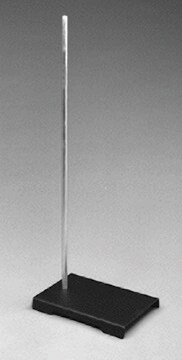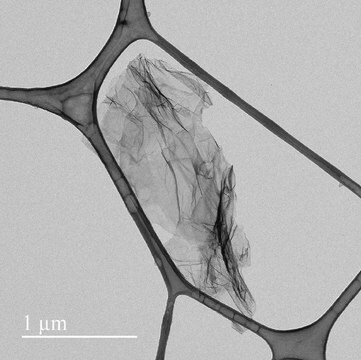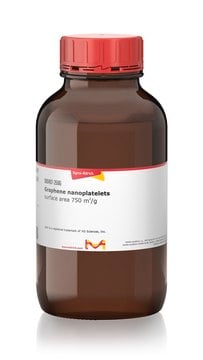GF31925213
Carbon
tube, outside diameter 3.18 mm, length 150 mm, wall thickness 0.8 mm
Synonym(s):
Activated charcoal, C 007201, Charcoal activated
About This Item
Recommended Products
vapor pressure
<0.1 mmHg ( 20 °C)
form
tubes
autoignition temp.
842 °F
manufacturer/tradename
Goodfellow 319-252-13
resistivity
1375 μΩ-cm, 20°C (graphite)
L
150 mm
O.D.
3.18 mm
wall thickness
0.8 mm
mp
3550 °C (lit.)
SMILES string
[C]
InChI
1S/C
InChI key
OKTJSMMVPCPJKN-UHFFFAOYSA-N
Looking for similar products? Visit Product Comparison Guide
General description
Legal Information
Storage Class Code
13 - Non Combustible Solids
WGK
nwg
Flash Point(F)
Not applicable
Flash Point(C)
Not applicable
Certificates of Analysis (COA)
Search for Certificates of Analysis (COA) by entering the products Lot/Batch Number. Lot and Batch Numbers can be found on a product’s label following the words ‘Lot’ or ‘Batch’.
Already Own This Product?
Find documentation for the products that you have recently purchased in the Document Library.
Our team of scientists has experience in all areas of research including Life Science, Material Science, Chemical Synthesis, Chromatography, Analytical and many others.
Contact Technical Service





